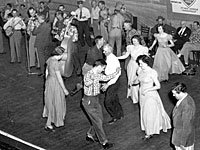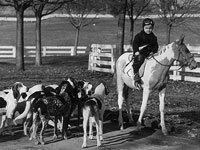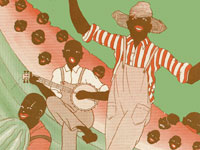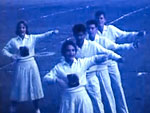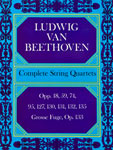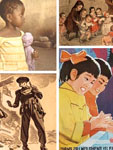Gettysburg National Military Park: Camp Life
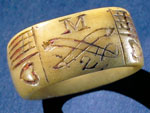
Created by the National Park Service and associated with Gettysburg National Military Park, this exhibit recreates Union and Confederate camp life. Short 200-300-word essays in two sections, "Living in Camp" and "Existing Day to Day," describe how camp life differed for officers and enlisted men, what daily routines were like, and what personal effects soldiers might carry. Seven subsections make up a third, larger section, "Battling Boredom," on ways soldiers passed time in camp, including "Playing Games," "Writing," "Drinking & Smoking," "Taking Pictures," "Whittling," "Making Music," and "Praying."
Sound sparse? The explanatory text isn't the strong point of this site—it's the 90 annotated photographs of artifacts from Civil War camp life, including board games, uniforms, musical instruments, prayerbooks, cooking tools, and more. Visitors can either explore the three main sections of the site and click on the artifacts as they read the related essays, or click on "All Image Gallery" to see all 90 primary sources gathered on one page.
An easy-to-navigate bare-bones introduction to the hurry-up-and-wait side of war, the exhibit could draw students in with its personal, everyday artifacts.

